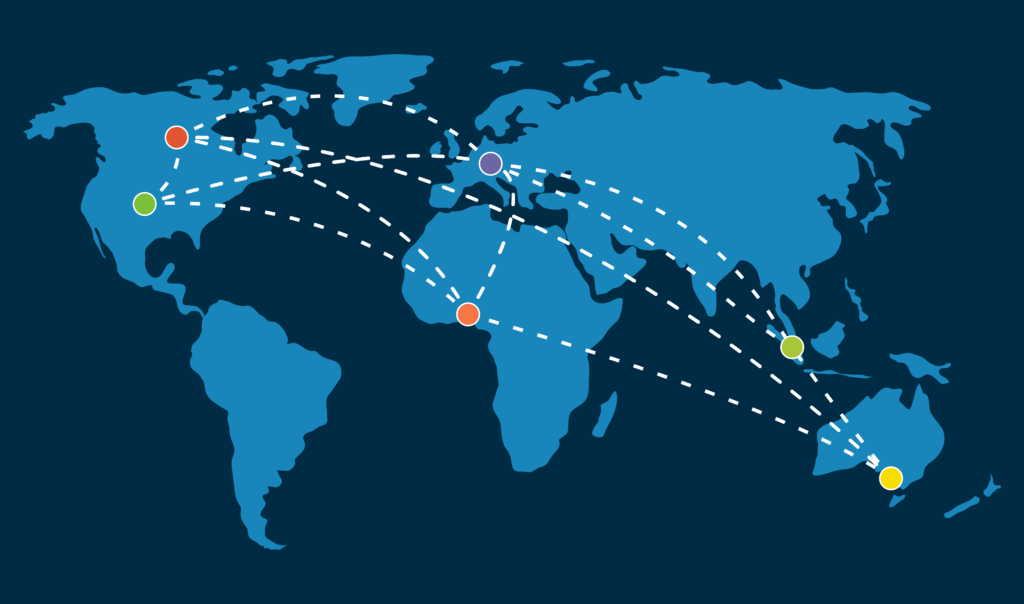In a fast-paced world where consumer expectations, environmental concerns, and technological innovations intersect, the packaging industry finds itself at a critical crossroads. The shift towards sustainable practices has placed an unprecedented emphasis on the need for strategic planning and redundancy in the packaging sector, particularly in the realm of recyclable materials. This paradigm shift is not just a trend; it’s a global imperative that demands a closer look at packaging strategies across different continents.
North America: Pioneering the Recyclable Revolution
North America stands at the forefront of the recyclable packaging revolution. With an increasing awareness of environmental issues, there has been a surge in demand for packaging materials that align with sustainable practices. The adoption of recyclable and compostable films has become more than just a choice—it’s a responsibility. The region’s commitment to reducing environmental footprints resonates not only with global sustainability goals but also with a consumer base that values eco-conscious choices.
As companies in North America reevaluate their flexible packaging film structures, a key focus is on materials that are easily recyclable. The emphasis is particularly on soft plastics, given their prevalence in packaging. This strategic move not only contributes to environmental well-being but also offers a competitive edge in a market where consumers increasingly prioritize sustainability.
Europe: A Vanguard in Recyclability
Europe, with its robust commitment to environmental sustainability, has long been a trailblazer in recyclable packaging. The continent has set ambitious targets for reducing plastic waste, encouraging the use of recyclable materials, and implementing advanced waste management systems. The emphasis on circular economies has led to the development of innovative packaging solutions, including those specifically designed for soft plastics.
In Europe, the drive towards recyclability extends to detailed labeling, making it easier for consumers to identify and dispose of packaging materials correctly. The recycling infrastructure is well-established, ensuring that materials like soft plastics are efficiently processed. This dedication to recyclability not only aligns with regulatory standards but also caters to a consumer base that actively seeks sustainable choices.
Asia: Embracing Change for a Sustainable Future
Asia, with its rapidly growing consumer market, is undergoing a transformative shift towards recyclable packaging. As awareness of environmental issues continues to rise, companies in the region are reevaluating their flexible packaging film structures to meet the demands of both consumers and regulators. Soft plastics, often a concern due to their non-biodegradable nature, are being replaced with innovative, recyclable alternatives.
In countries like Japan and South Korea, where technological advancements play a significant role, there is a focus on introducing smart packaging solutions. These not only enhance recyclability but also incorporate elements of consumer interaction and traceability. This dual approach aligns with the region’s commitment to sustainability while embracing the possibilities offered by cutting-edge technology.
Navigating the Pacific Towards Sustainable Packaging
Oceania, encompassing Australia and New Zealand, is navigating the Pacific towards a more sustainable packaging future. As part of the global call for recyclability, companies in Oceania are actively reassessing their packaging strategies. Soft plastics, a common concern in this region, are being replaced with materials that can be easily recycled, contributing to the reduction of plastic waste in oceans and landfills.
The island nations of Oceania face unique challenges in waste management, making recyclable packaging a critical component in environmental conservation. As companies adapt their flexible packaging film structures, collaboration with local communities and governments becomes essential to ensure effective recycling systems and consumer education.
A Unified Global Effort Towards Recyclable Packaging
In the ever-evolving landscape of the packaging industry, strategic planning and redundancy are no longer optional—they are imperative. The global shift towards recyclable packaging necessitates a comprehensive understanding of regional nuances, consumer preferences, and regulatory landscapes. Whether in North America, Europe, Asia, or Oceania, the packaging industry must embrace this transformative journey, where recyclability isn’t just a choice but a shared commitment to a sustainable future.
As we reevaluate flexible packaging film structures worldwide, it becomes clear that planning for recyclability and building redundancy into packaging strategies are not merely trends; they are the pillars supporting a resilient and responsible packaging industry. Through this collective effort, we can create a packaging landscape that not only meets the needs of the present but also safeguards the future of our planet.






